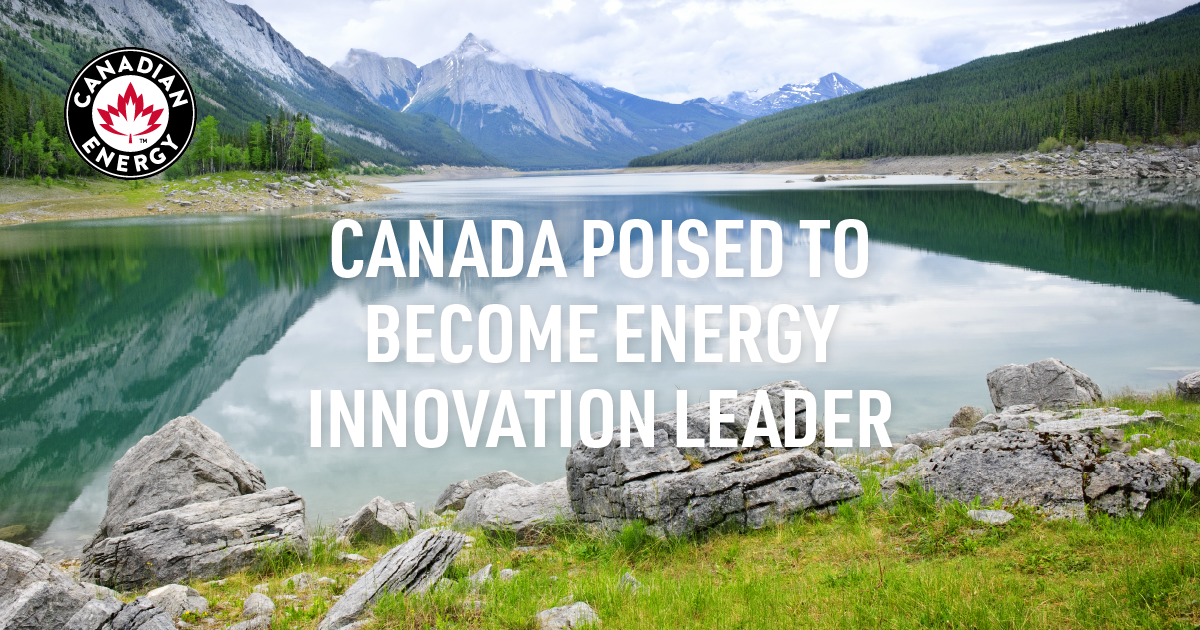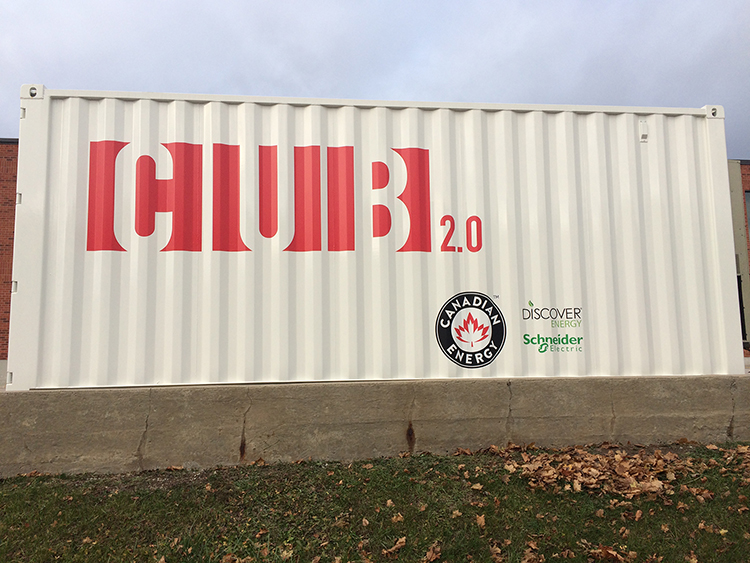Canada Poised to Become Energy Innovation Leader

Written by: Matt Bradford, MediaEdge
While Elon Musk and Tesla have been making headlines south of the border, Canadian entrepreneurs have been blazing their own trail north of the border in the clean energy scene. Significant advances are being made in Canada where industry players are taking advantage of the unique geography and demand for energy storage to bring their own game-changers to the market. “
People always seem to talk about Tesla, but not all innovation is happening in Palo Alto,” says Craig Ballard, Canadian Energy CEO, noting, “The reality is there is far more opportunity in Canada right now for off-grid technologies than there are suppliers to fulfill those needs.”
Part of what the makes Great White North unique, he adds, is its abundance of remote communities that are eager for cleaner and more reliable sources of energy: “Canada has a large number of remote communities, many of which rely on expensive diesel fuel to power their communities. Among those are First Nations communities which are making a strong push for environmentally-conscious energy alternatives. Now, since the price of technology like solar panels is far less than it has ever been, they're finding it less and less expensive to switch.”

Yet while demand for renewable energy solutions is high within Canada's borders, there is a less recognized market in off-grid energy solutions. This is especially true for a vast amount of remote communities which are not connected to an energy grid, and are therefore limited in their options.
Here's where Canadian innovations are bridging that gap. Innovations like Canadian Energy's product called The CUB 2.0 (Containerized Universal Battery), the newest iteration of the company's off-grid power supply and energy storage solution. A true product of its environment, it was built to withstand Canada's most extreme (and remote) environments and be maintained by the communities in which is it installed.
“Part of the benefit of being in Canada is getting to learn what these remote communities need first hand. That's why when we created the newest generation of CUB, we really focused on putting the power into the hands of the people who use it. We wanted to make it easy to learn how to service so that they can maintain it themselves instead of paying for a specialist to be flown in, which can take a long time,” explains Ballard. “It really is a plug-and-play approach. You don't have to be an engineer to have this hooked up to your micro-grid or take care of it if something happens. That's important for communities who can't wait for outside service.”
“The future of energy storage will be about empowering these communities to be in charge of their own destinies,” he adds. “It's a game changer.”
The CUB 2.0 is an example of a cost-effective Canadian-made solution that can, and has, been adapted for worldwide use. Its success is also indicative of what Canada has to offer the world stage.
Looking at the many more opportunities on the horizon for all domestic players, Ballard adds, “We're at a tipping point where the cost is feasible now for communities to invest in these types of energy technologies, so there's no need to be reliant on those old systems. There's so much opportunity to do good that everyone who wants to can get in.”
